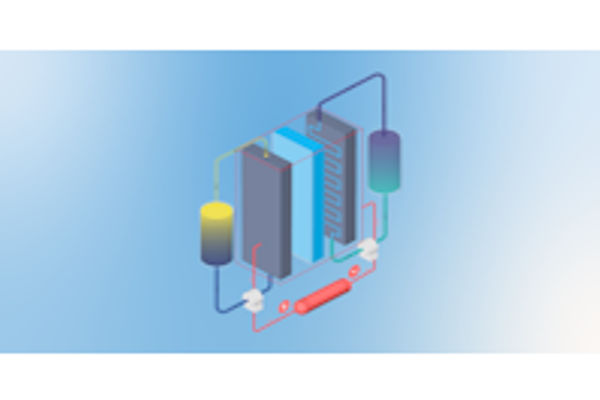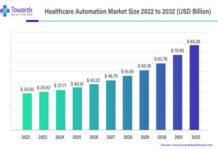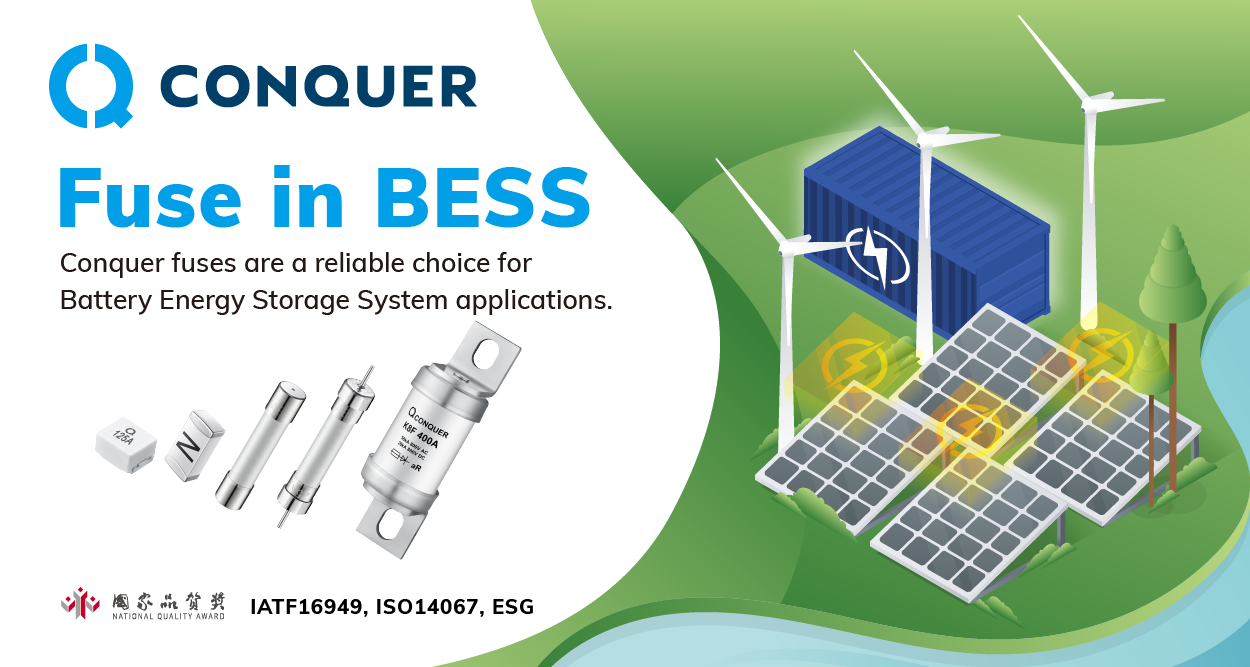The evolution of the redox flow battery over several decades has seen various chemistries being developed, commercialized, or even abandoned due to factors such as poor electrochemical reversibility and cross-contamination of active species. The vanadium redox flow battery (VRFB) has prevailed as the most widely deployed and commercialized RFB chemistry over the last decade; despite this, the volume of their installations for stationary energy storage applications is still minimal compared to the incumbent Li-ion battery, with economic barriers inhibiting their market growth. However, as suggested in IDTechEx’s market report, “Redox Flow Batteries Market 2024-2034: Forecasts, Technologies, Markets”, a combination of factors including developments in vanadium markets, development of cheaper RFB chemistries, and future demand for long duration energy storage (LDES) technologies, could see increasing penetration of the redox flow battery in the stationary energy storage market over the coming years. These developments will aid in RFB market growth and IDTechEx forecasts that by 2034, this market will be valued at US$2.8B.
Economic barriers for VRFBs
VRFBs have suffered from high upfront costs due to the vanadium electrolyte and membranes employed. Vanadium electrolyte accounts for 30-50% of the unit cost of a VRFB, and is influenced by overall system size, as well as duration of storage required. The membrane typically adopted in VRFBs are expensive cationic ion exchange membranes, such as NafionTM offered by The Chemours Company. Significant decreases in the cost of membranes are unlikely, given that cheaper versions could impact VRFB performance. This could include reduced ionic exchange capacity or ionic conductivity, higher permeation of active species, or reduced chemical resistance to aggressive species. However, upfront electrolyte cost reductions could be facilitated by the exploitation of new vanadium mines, thus increasing electrolyte supply or the adoption of vanadium electrolyte leasing models.
Vanadium electrolyte supply and leasing models
In 2021, 120,000 MT of vanadium was supplied by miners globally, including from key players Glencore, Largo, and Bushveld, with 92% of this going towards steel production and 2% being supplied to the VRFB market. In steel production, vanadium is used as a strengthening agent in rebars, buildings, and other industrial infrastructure. As such, VRFB developers will be competing against steel producers for the supply of vanadium. The limited growth in vanadium supply, and its continuously increasing demand and concentration of supply in China and Russia, will keep the cost of vanadium high in the medium-term. However, junior miners are exploring opportunities to establish new vanadium mines, with focus mostly in Canada and Australia. The successful exploitation of these resources could see greater vanadium supply, potentially lowering its cost and thus facilitating reduced VRFB CapEx and improving its economic case.
VRFB developers could also rent electrolyte from a vanadium supplier over the lifetime of the VRFB. An example sees key VRFB developer, Invinity Energy Systems, forming a company named Vanadium Electrolyte Rental Limited (VERL), with Bushveld Minerals. VERL offers the provision of electrolyte via a rental option to its customers. This helps to reduce the capital cost of a VRFB, making it more competitive with incumbent Li-ion batteries for stationary storage applications. Clearly, however, the customer renting the electrolyte would incur greater costs over the course of the VRFB project’s lifetime than if it were to pay the electrolyte supplier with upfront capital. Electrolyte could also be recovered at the end of the VRFB lifetime through ultrafiltration or other more complex re-processing steps. The rented electrolyte could, therefore, be collected by an electrolyte manufacturer and reprocessed to produce vanadium pentoxide. Therefore, renting parties can re-obtain the vast majority of their rented electrolyte, improving the attractiveness of this business model from their perspective.
VRFB player activity
Despite the economic barriers to be overcome to help facilitate the more widespread commercial adoption of the VRFB, signs of continued activity from key players suggest that this technology will continue to be deployed, albeit in lesser volumes than Li-ion batteries for stationary storage applications. IDTechEx estimates that, cumulatively, over 800 MWh of VRFBs have been installed globally up to 2022. This is skewed by a 400 MWh installation made by Chinese RFB player Dalian Rongke Power in 2022. This is a 4-hour duration of the storage system, supporting the connection of new renewable generation sources to the Dalian grid and lowering the peak electricity load in the region. A second phase of the project is expected to bring the project to 200 MW / 800 MWh. Market activity from other VRFB players includes installations made by key players Sumitomo Electric Industries (Sumitomo), Invinity Energy Systems, H2 Inc., and CellCube. Also, in February 2023, Sumitomo announced it will expand its RFB business, making an initial US$7.6 million investment to prepare for local production and installation of RFBs in the US. Such players are looking to continue growing their project pipelines and scale business operations.
Promise of cheaper RFB chemistries
Other RFBs which use cheaper and more widely available active materials for electrolyte could, however, pose a future threat to VRFB players. Other chemistries being developed include all-iron, zinc-bromine, zinc-iron, and hydrogen-bromine, among more. The electrolyte costs in these RFB systems are estimated by IDTechEx to be approximately an order of magnitude less than vanadium electrolytes, presenting a key advantage.
While many of these chemistries see a number of pilot projects and commercial demonstration projects being deployed in recent years, key player CMBlu Energy AG (CMBlu), developing an organic redox flow battery (ORFB) technology, seem to be gearing towards technology commercialization. In October 2023, Technology Group STRABAG invested €100M (~US$108M) into CMBlu. IDTechEx has identified this as one of the largest funding rounds into a RFB company in recent years, beaten only by Dalian Rongke Power (VRFB developer), raising over US$145M, and WeView (zinc-iron developer), raising over US$140M across 2022 – 2023,, respectively. Moreover, Mercedes-Benz Group AG ordered an 11 MWh ORFB from CMBlu in March 2024 and is expected to come online in H2 2025, marking one of the largest projects of an ORFB globally. While such developments signify ongoing commercial activity for ORFBs, the field performance of these technologies will be needed to start validating any technical advantages over VRFBS or other RFB chemistries at commercial scale.
Future RFB application for Long Duration Energy Storage
Regardless of chemistry, it is important to consider when demand for RFB technologies is expected to increase. Li-ion batteries exhibit a CapEx competitive with or lower than many of the alternative RFB chemistries at shorter durations of storage (1 – 4 hours). Moreover, the round-trip efficiency of Li-ion batteries is greater than that of RFBs, demonstrating another advantage. Li-ion batteries have been deployed on a much wider scale than RFBs for stationary energy storage applications, such as energy shifting, or for providing ancillary services to the grid over short durations (<1 hour). As such, this can make it difficult for RFB players to penetrate the existing stationary battery storage market and acquire sizeable market share.
However, as the penetration of variable renewable energy (VRE) increases in electricity grids in key regions, as will the need to manage the unpredictability and variability in electricity supply from these sources. Energy storage systems will be needed to dispatch energy over longer timeframes when energy from VRE sources is not available. Redox flow batteries would be well suited as a long duration energy storage (LDES) technology, given the ability to decouple their energy capacity and power output. This can reduce RFB CapEx (on a $/kWh basis) at longer durations of storage, making them more economically feasible to deploy than Li-ion batteries at these longer durations. However, demand for LDES technologies is not expected to increase until the mid-2030s in key regions and thus is when demand for RFBs, regardless of chemistry, is likely to increase.
Redox flow battery outlook
Historically, the VRFB has been the dominant RFB technology and is the most widely deployed and well-understood. However, its high upfront cost has been one of the key barriers to its more widespread deployment, and Li-ion batteries still dominate the stationary battery storage market. Potential increases in vanadium supply from the exploitation of new mines and the adoption of electrolyte leasing models could reduce upfront VRFB costs, improving their economic viability. In the short term, VRFBs are still likely to dominate the RFB market due to more widespread commercial demonstration and understanding of these technologies and established supply chains already in place between electrolyte and component suppliers and VRFB developers. However, players developing cheaper RFB chemistries using more widely available materials could look to take increasing RFB market share. Ultimately, it is expected that demand for LDES technologies will only increase in the next decade, in which RFBs are likely to be a suitable candidate. Therefore, an increasing penetration of RFB technologies, regardless of chemistry, is likely only in the longer term.















